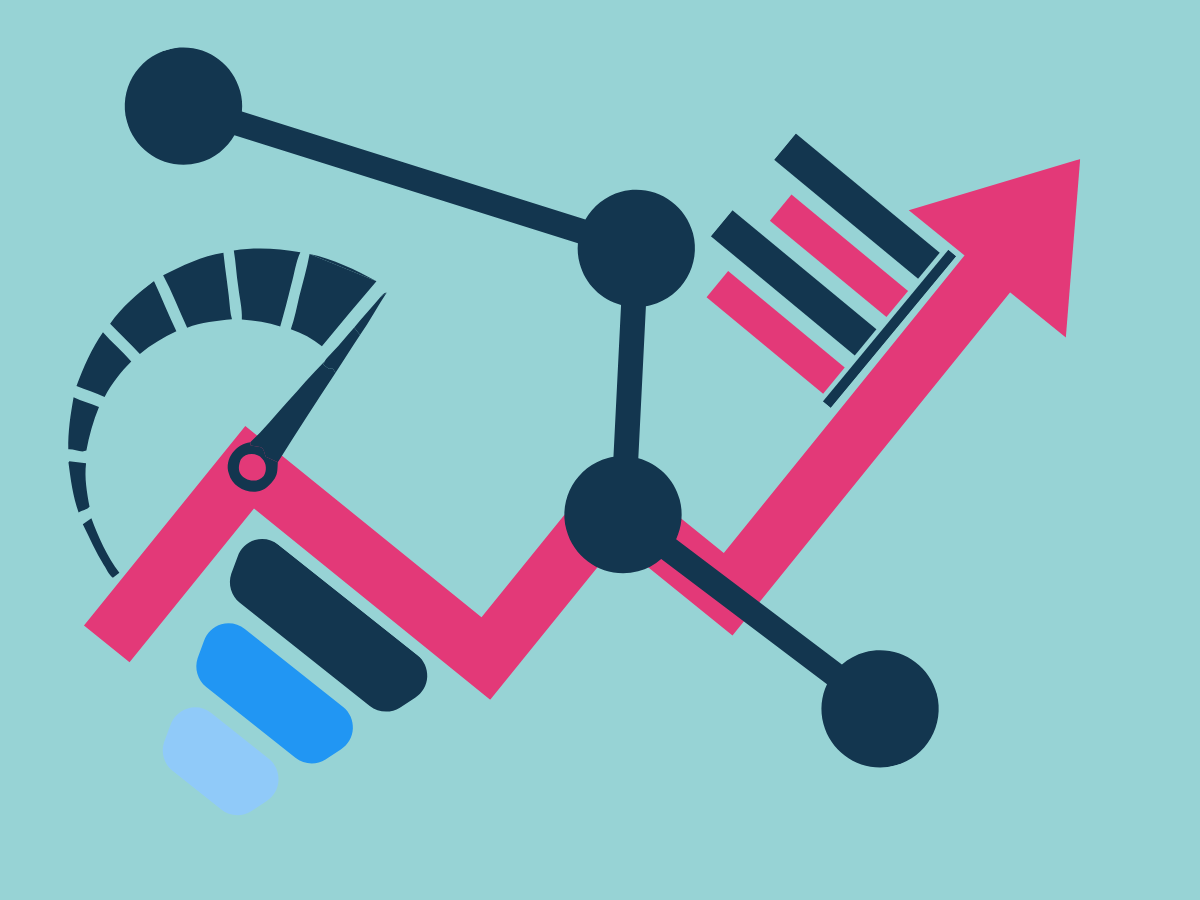5 tactics to personalize a customer journey

As competition among eCommerce retailers continues to grow, providing personalized customer experiences should be a top priority.
Relying solely on one-size-fits-all communications no longer cuts it with increasingly demanding audiences. Retailers are now expected to tailor their messages and experiences specifically to the individual. This is where personalized customer journeys come in.
In this blog, we'll discuss 5 tactics that eCommerce businesses can implement to personalize their customer journeys and stand out from the competition.
What is a personalized customer experience?
A personalized experience refers to the tailoring of communications, offers, and recommendations to customers' individual needs and preferences based on data and insights about them.
These days, personalizing a customer experience is more than merely addressing them by their first name in an email. It involves understanding their behavior, purchase history, preferences, and more to deliver highly relevant and individualized interactions.
What are the benefits of a personalized customer experience?
As discussed in our previous piece on the art of personalized product recommendations, personalizing the customer experience comes with many benefits.
They include:
Better customer engagement
Customers who receive messages and offers that align with their interests and needs are more likely to engage with your brand. The next time you ask something of your customers - like reviews - make sure you apply a personal touch to get a strong reaction.
Improved customer loyalty
A personalized experience makes customers feel valued and understood. This increases their likelihood of staying loyal to your brand rather than purchasing with a competitor.
Increased sales and revenue
Tailored product recommendations and offers help to increase conversion rates and boost revenue. If these suggestions are based on real data, like past purchases and recently browsed products, they're more likely to be noticed than ignored.
Better customer segmentation and insights
Learnings from personalization efforts can help you identify and focus on your most valuable customer segments. Splitting up your audience is the start of a very important lesson on which customers are driving your revenue.
Three essentials for personalizing a customer journey
Before we explore some of the ways of personalizing a customer journey, let's quickly overview three things you'll want to have in place:
#1 Strong data
One of the first steps in personalizing a customer journey is to collect data about your customers. Examples of useful data include:
- Demographics: Gender, age, location
- Interests: Past purchases, categories browsed
- Behavior: Exit intent, pages viewed, past purchases
With this information, you can create customer profiles and predict their buying habits. Website analytics are probably your best source of data, but information gleaned from surveys and social media can also prove useful.
#2 Segmentation
Once you've started collecting data, the next step is to segment your audience.
Group customers based on similarities within your customer profiles. This will help you tailor messages and outreach to specific groups of site visitors.
For example, if certain customers have shown interest in a particular product, you can create marketing campaigns that target them to increase their engagement with your brand.
#3 Channels/touchpoints
The final step is to pinpoint the channels or touchpoints you'll use to create a personalized experience.
Let's say I want to issue personalized offers to customers arriving at my site from an influencer campaign. I'll need to set up a unique URL for the influencer to distribute and an on-site strategy for when the visitor arrives. This could be as simple as an overlay welcoming them to the site.
Once the three fundamentals are in place, you can get started with one of these tactics:
Create Personalized Content
Creating personalized content is one of the most crucial tactics in personalizing a customer journey.
Customize your messaging and content to each group based on the data you have collected and the segments you have created. A popular example of personalized content is a product recommendation. These can feature at many stages in the customer journey – from product detail pages to the checkout.
You can also use product bundles (i.e. a product recommendation with an offer attached), or dynamic content like banners and overlays, which are perfect for showing customers how much extra they need to spend for free shipping or a discount.

Follow-Up Emails
After a customer’s initial purchase, you should look to retain their engagement with follow-up emails.
We recommend thanking them for their purchase and providing additional product recommendations based on their order. However, there are no set rules for this tactic – you simply tailor the email to their interests to keep them engaged.
Create a Loyalty Program
Creating a loyalty program is another tactic that can help to personalize a customer journey.
Offer personalized rewards and discounts based on a customer’s purchase history or the number of times they have engaged with your brand. This encourages repeat purchases and fosters a relationship between you and your customers.
Leverage AI and machine learning
Ready to step things up a gear? AI and machine learning can significantly enhance the personalization of your customer journey.
AI analyzes vast amounts of customer data at a granular level, enabling you to understand different behaviors, preferences, and buying habits more accurately. Machine learning algorithms can then use this data to automate and personalize your interactions with customers
As an example of this in practice, many retailers are now using AI-powered chatbots to provide 24/7 customer service and support, offering instant, personalized responses to customer queries.
Machine learning can also optimize product recommendations, making them more relevant and personalized based on an individual's browsing history and past purchases.

Mobile app personalization
Web-based journeys can take your customers to a range of different places. They might hop from email to social media, then onto your site, then back onto social media. Conversely, the mobile app provides a closed-off arena for a truly personalized experience.
A mobile app can be used as a base for location-based services, personalized notifications, and tailored content based on user behavior and preferences.
Mobile apps can even facilitate personalized shopping experiences, where product recommendations and offers are tailored to the user's past purchases and browsing history. This further enhances the customer journey, leading to increased engagement and customer loyalty.
Final thoughts
A personalized customer journey is no longer a luxury but a necessity in today’s retail market.
Incorporating our five tactics will help you provide personalized experiences to your customers, but don't forget about the three fundamentals of collecting the right data, segmenting your audience, and outlining your channels.
If you need a hand with personalizing your customer experiences, be sure to check out RevLifter's eCommerce personalization platform. This will have you issuing tailored offers, recommendations, and content in no time.





